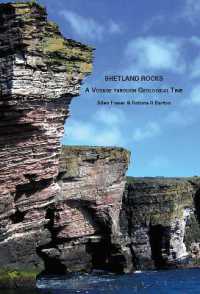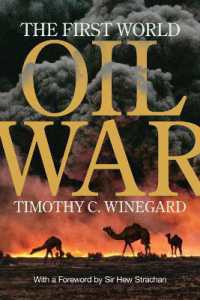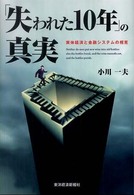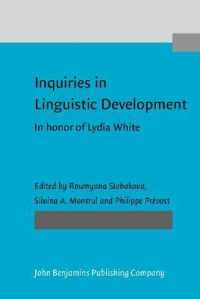Full Description
This book focuses on a long- neglected yet important topic in China's translation history: interpreter/ translator training and wartime translation studies. It examines the military interpreter training programmes after the outbreak of the Pacific War (1941-1945), further revealing the indispensable role of translation and interpreting in war.
The author explores the relationship between linguistic education and war context in the China- Burma- India Theatre, where international cooperation was salient. Some 4,000 interpreting officers played a vital role in assisting in air defence, transportation, training of the Chinese army and coordinating expeditionary operations. The book seeks to bring these interpreters to life, telling the stories of why they joined the war, how they were trained and what they did in the war. Through the study of training programmes, historical archives, accounts and trainees' memoirs, discussions revolve around key strands of education, including curriculums, textbooks and training methods. Utilising foreign language education practices as its main case study, the book analyses these through the framework of linguistic and translation theories.
The book contributes to Chinese interpreting history by exploring its first-ever nationwide professional interpreting (and translation) training practices, and will inspire scholars of translation/ interpreting training, world modern history and foreign language education in general.
Contents
1. The opening of the Pacific Theatre and the demand for military interpreters 2. Historical developments of military interpreters training 3. Talent cultivation and characteristics of the interpreter training centres 4. Analysis of textbook Forty English Lessons for Interpreting Officers 5. Chinese Interpreters' assignments and work practices 6. Conclusions








